Every year, up to 50 million people deal with acne, says the American Academy of Dermatology (AAD)1. This condition can hurt your mental health, making good treatments very important1. Acne patches, or pimple patches, have become popular. But do they really work? We’ll look into their effectiveness and share pimple patch reviews to guide you.
Pimple patches are found in many stores. They come in different shapes, sizes, colors, and types. These patches are covered with hydrocolloid, a material that helps wounds heal. It absorbs extra fluid and creates a protective barrier against bacteria and dirt1.
But, not all patches or pimples are the same. Some patches are better for certain types of acne. They’re great for surface-level acne like blackheads and whiteheads, but not as good for deeper cystic acne1. Pimple patches are best for open, healing pimples and cysts2. Knowing the type of acne you have is key to getting the best acne sticker results.
Key Takeaways
- Acne affects millions of people yearly, impacting both physical and mental well-being.
- Acne patches, made of hydrocolloid material, absorb excess fluid and create a healing environment.
- Effectiveness of acne patches varies depending on the type and severity of acne.
- Pimple patches work best on surface-level acne like pus-filled bumps, blackheads, and whiteheads.
- Understanding the different types of acne is crucial for choosing the right acne patch treatment.
What Are Acne Patches and How Do They Work?
Acne patches are small stickers that target blemishes. They have become popular, with many searching for “pimple patches” online3. These patches absorb drainage and protect the skin from picking.
They work best on open pimples and cysts. You should wear them for a few hours and apply to dry skin. Since 2015, their use in the US has been increasing3.
Understanding Hydrocolloid Technology
Hydrocolloid technology was created in the 1980s for wound healing4. It became popular in Japan for treating bedsores in the 1990s4. This material creates a low-oxygen environment, reducing bacteria and helping with acne5.
A study found hydrocolloid patches significantly reduced acne severity4. They also improved redness and oiliness over time4.
Different Types of Acne Patches
Acne patches come in various designs. You can find:
- Translucent stickers that blend with the skin
- Bright yellow stars or flower shapes for fun
- Medicated patches with salicylic acid or tea tree oil
Brands like Mighty Patch and Avarelle offer medicated patches3. Starface makes patches fun and visible, promoting skin positivity3.
| Acne Patch Type | Key Features |
|---|---|
| Translucent Stickers | Discreet, blends with skin tone |
| Bright Designs (Stars, Flowers) | Fun, visible, de-stigmatizes acne |
| Medicated Patches | Contains salicylic acid or tea tree oil for added benefits |
Acne patches are becoming a key part of skincare routines. Their effectiveness and growing popularity are clear.
Effectiveness of Acne Patches on Different Types of Acne
I’ve tried many spot treatments for acne and found acne patches to be helpful for some blemishes. Hydrocolloid patches are best for surface acne like pus-filled pimples and blackheads6. They reduce inflammation, flatten pimples, and stop picking, which is great for whiteheads that pop up unexpectedly6.
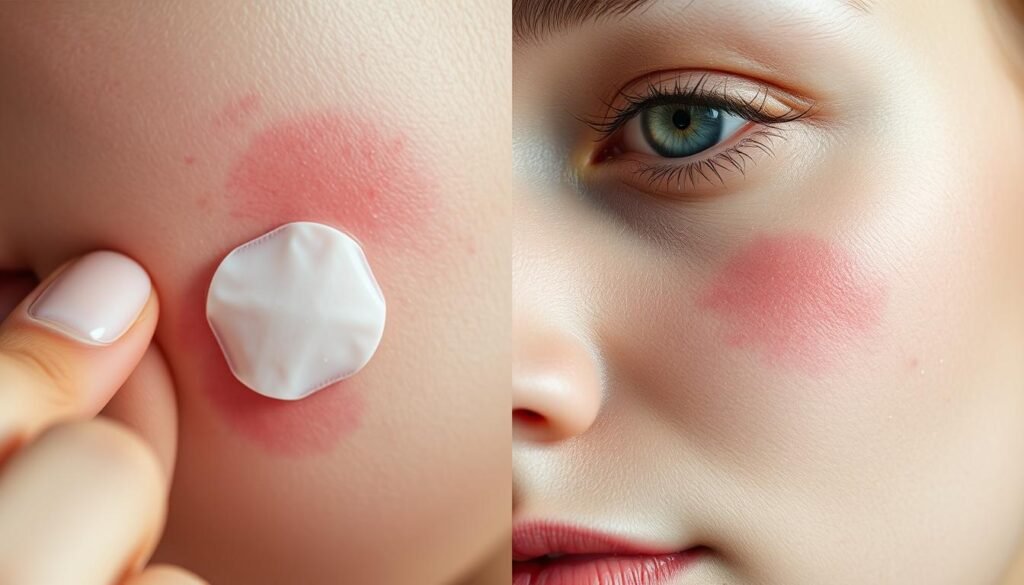
Using pimple patches regularly makes my breakouts heal faster and look less noticeable. A 2021 study by Johnson & Johnson showed that patches improve pimple appearance, especially when used on popped pimples7. They create a barrier, keeping the area clean and preventing scarring by stopping skin picking7.
Check out my acne patch experiences for more details.
Pus-Filled Pimples and Blackheads
Hydrocolloid patches have worked well for me on pus-filled pimples and blackheads. Research shows they keep bacteria out and speed healing, though they don’t kill bacteria or unclog pores8. I leave them on for 6-8 hours and see a big difference by morning8.
Cystic Acne and Deeper Blemishes
But, acne patches aren’t as good for cystic acne and deeper blemishes. They can’t penetrate deep enough to tackle these issues, even with microneedles6. For severe cases, seeing a dermatologist and using treatments like cortisol injections or topical medications is more effective86.
| Acne Type | Effectiveness of Acne Patches | Alternative Treatments |
|---|---|---|
| Pus-Filled Pimples | Highly Effective | Salicylic Acid, Benzoyl Peroxide |
| Blackheads | Moderately Effective | Salicylic Acid, Retinoids |
| Cystic Acne | Not Effective | Cortisol Injections, Prescription Medications |
| Deeper Blemishes | Not Effective | Dermatologist-Prescribed Treatments |
Acne patches are useful, but they’re not for everyone. They work best for surface acne. For severe cases, always talk to a dermatologist for the best treatment plan.
Ingredients to Look for in Acne Patches
When looking for the best acne patch ingredients, I focus on strong blemish-fighting parts. Ingredients like salicylic acid, tea tree oil, hyaluronic acid, niacinamide, and benzoyl peroxide are key9. These components work together to fight acne and make your skin look clearer and healthier.
Salicylic Acid and Benzoyl Peroxide
Salicylic acid and benzoyl peroxide are common and effective in acne patches. Salicylic acid exfoliates the skin, unclogs pores, and reduces inflammation. Benzoyl peroxide kills bacteria and dries out pimples. Together, they fight acne and prevent future breakouts.
Dr. Hadley King, a dermatologist, mentions that hydrocolloid gel in pimple patches absorbs excess oil and dirt from pimples9. Debra Jaiman, a dermatologist, explains that hydrocolloid patches have a vacuum-like effect to absorb dirt and oil9.
Additional Acne-Fighting Components
Other ingredients can also make acne patches more effective:
- Tea tree oil: A natural antimicrobial that helps to reduce inflammation and kill bacteria.
- Hyaluronic acid: A powerful humectant that hydrates the skin and promotes wound healing.
- Niacinamide: A form of vitamin B3 that helps to regulate sebum production and reduce the appearance of pores.
| Ingredient | Benefits |
|---|---|
| Salicylic Acid | Exfoliates, unclogs pores, reduces inflammation |
| Benzoyl Peroxide | Kills bacteria, dries out pimples |
| Tea Tree Oil | Antimicrobial, reduces inflammation |
| Hyaluronic Acid | Hydrates skin, promotes wound healing |
| Niacinamide | Regulates sebum production, reduces pore appearance |
Remember, everyone’s skin is different. Some dermatologists suggest using non-medicated hydrocolloid-only patches for sensitive skin. Hydrocolloid patches were found to be more effective than other acne patches in reducing acne severity, controlling redness, oiliness, dark pigmentation, and sebum levels10. They were also better than surgical tapes in reducing acne severity and filtering out UV radiation, which can help prevent skin cancer and melanoma10.
Always apply acne patches to clean, dry skin as the first step in your skincare routine. A typical film of pimple patches consists of up to 15 individual patches9. For the best results, change your patch daily. Nonmedicated hydrocolloid patches can be worn for 2-3 days9.
Acne Patches and Fighting Acne Stigma
Acne affects over 95% of people at some point11. It can lower self-esteem and confidence. But, acne patches are changing this, promoting acceptance and positivity.
These patches come in many styles, from clear to colorful. Brands like Squish Beauty and Dots for Spots make them fun and positive11. Wearing them openly helps people feel more confident in their skin.
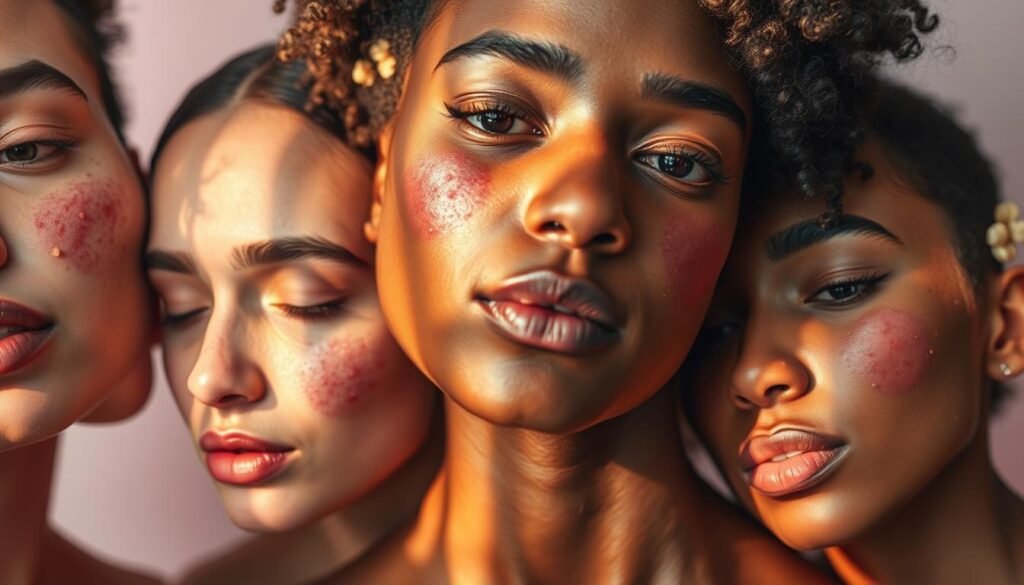
Acne patches are not just for looks. They can also treat spots effectively. For example, Starface Hydro-Stars can flatten bumps in just six to eight hours11. Zitsticka’s Killa patches and Sarah Chapman’s SOS Stickers use ingredients like salicylic acid to fight acne overnight11. This helps boost confidence and acceptance.
“I love how acne patches have become a way to own and treat breakouts openly. It’s a step towards destigmatizing acne and promoting self-acceptance.”
While patches are helpful, they’re not a cure for severe acne12. For serious cases, seeing a dermatologist is key. They can create a treatment plan for clearer skin.
The fight against acne stigma starts with confidence and embracing imperfections. Acne patches are a valuable tool in this journey. They help people feel in control and empowered to show their unique beauty.
Pros and Cons of Using Acne Patches
Acne patches have both good and bad sides. They can cover up pimples discreetly and stop you from picking at them, which can cause scars13. They also protect healing pimples from the sun and bacteria13. I’ve noticed they dry out pimples without the need to squeeze, which helps avoid scars13.
Benefits: Discreet, Protective, and Healing
Acne stickers are great because they’re hard to notice. They blend in with your skin and act as a shield, letting you move freely without worrying about your skin13. They also stop you from picking at pimples and keep them safe from irritants, helping them heal faster. You can find affordable options like the Avarelle Acne Pimple Patch for $8 on Amazon and the Missha Speedy Solution Anti Trouble Patch for $7 on Soko Glam14.
Drawbacks: Limited Effectiveness on Deeper Acne
But, acne patches have their limits. They work well for surface pimples and blackheads but not for deeper cystic acne or clogged pores13. If you have more than just occasional whiteheads, seeing a dermatologist is a good idea. They can help you find a long-term solution for your acne13. Some people might also find the adhesive or certain ingredients in patches irritating, especially if they have sensitive skin or allergies13.
In summary, acne patches are good for the occasional zit on the surface but not a cure-all for deeper acne13. They can be a helpful tool in your fight against acne, but don’t rely solely on them. If you have persistent or severe acne, always consult a dermatologist to avoid scarring and other skin issues13.
FAQ
What are acne patches and how do they work?
Are all acne patches the same?
What types of acne do pimple patches work best on?
How long should I wear an acne patch for it to be effective?
Can acne patches help with the emotional impact of acne?
What are the benefits of using acne patches?
Are there any drawbacks to using pimple patches?
Source Links
- Do Those Pimple Stickers Actually Work? – https://www.healthline.com/health-news/do-those-pimple-stickers-actually-work
- Do Pimple Patches Actually Work? – https://health.clevelandclinic.org/how-do-pimple-patches-work
- Pimple patches are everywhere, but do they work? – https://www.vox.com/the-goods/2019/11/13/20955421/pimple-patches-zit-stickers
- What Are Hydrocolloid Acne Patches and How Do They Work? – https://www.herocosmetics.us/blogs/news/what-are-hydrocolloid-acne-patches-and-how-do-they-work
- What Are Pimple Patches? Discover How Hydrocolloid Patches Work and Their Benefits – Medtecs Group – https://www.medtecs.com/what-are-acne-patches/
- Understanding Pimple Patches: A Comprehensive Guide | BHSkin – https://bhskin.com/blog/understanding-pimple-patches-a-comprehensive-guide/
- Do Pimple Patches Work? – https://www.verywellhealth.com/do-pimple-patches-work-7504785
- What Does a Pimple Patch Actually Do, and Is It Worth the Hype? – https://www.health.com/hydrocolloid-patches-7556580
- Pimple Patches and What They Offer – American Chemical Society – https://www.acs.org/education/chemmatters/articles/pimple-patches-and-what-they-offer.html
- What Are Hydrocolloid Patches for Pimples? – https://www.webmd.com/skin-problems-and-treatments/acne/what-are-hydrocolloid-patches-for-pimples
- Yes, Acne Patches Really Can Help To Treat Your “Maskne” – https://www.vogue.co.uk/beauty/article/best-acne-patches
- Inside The Pimple Patch Craze (& Whether They Really Work) – https://www.countryandtownhouse.com/style/health-and-beauty/pimple-patches/
- Pimple Patches for Acne – How Effective Are Acne Stickers? – https://ensoulclinic.com/pimple-patches-for-acne-how-effective-are-acne-stickers/
- Okay, What’s the Deal With These Pimple Patches? – https://www.cosmopolitan.com/style-beauty/beauty/a28971674/do-hydrocolloid-patches-bandages-work/


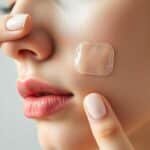
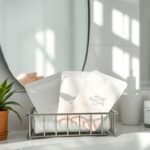
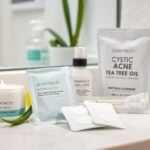

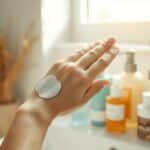
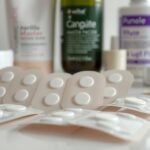
Interesting read, but do we really need acne patches? Isnt washing your face and a balanced diet enough for clear skin? Just a thought!
Well, Ive tried these acne patches and honestly, they didnt do much. Maybe its just my skin? Anyone else experience this?
Interesting read, but arent these patches just quick fixes? What about tackling root causes like diet or hormonal issues? Just a thought.
Quick fixes often provide relief while root causes are addressed. Dont underestimate their value.
Interesting read, but ever thought if acne patches are just placebo? What about diet and lifestyle changes, arent they more effective?
Interesting take but, arent acne patches just a clever marketing gimmick to exploit our insecurities? What about diet and lifestyle changes? #foodforthought.
Just read this article… honestly, arent acne patches just glorified stickers? Whats the actual science behind this stuff? Sounds like marketing hype to me.
These patches are just a fad! Whats wrong with good old fashioned face wash and healthy diet? Too much tech, not enough nature!
Old ways arent always best. Embrace innovation! Tech and nature can coexist, its not an either-or situation.
Interesting read! But arent acne patches just expensive band-aids? Surely theres a cheaper DIY alternative. Anyone tried something else?
Acne patches are more than glorified band-aids. Theyre medicated miracles. DIY? No thanks, Ill stick to science.
Honestly, if acne patches were truly effective, wouldnt dermatologists be out of business? Just a thought. Maybe its a skincare industry conspiracy.
Interesting read, but arent these acne patches just a marketing gimmick? I mean, can a patch really combat deep-rooted acne? Sounds sketchy.
While I agree that hydrocolloid technology is cool and all, are acne patches just another money-grabbing gimmick? Has anyone really seen lasting results?
These acne patches are mostly a placebo. Ive tried them. No real impact. Isnt it better to rely on a healthy diet and skincare?
Interesting read, but come on, arent acne patches just glorified stickers? Has anyone actually seen drastic changes? Im skeptical… 🤔 #JustAnotherGimmick?
Acne patches saved my skin! Dont knock it till youve tried it. #LifeChanger
Interesting read, but arent acne patches just glorified stickers? What about addressing the root issues like diet and hormones? Just a thought.
Acne patches are just glorified stickers. Trust me, a good skincare routine & balanced diet does the trick. Thoughts?
Interesting read but arent acne patches just glorified band-aids? Would love to see a comparison with traditional treatments. Do they work on blackheads too?
Intriguing read, but dont you think the mindset plays a bigger role in acne? I mean, stress is a major trigger, right?
Absolutely, stress is a huge factor. But, dismissing the importance of diet and hygiene is naive.
Interesting read, but arent acne patches just glorified band-aids? Cant we just pop the zit and move on? Whats your take, guys?